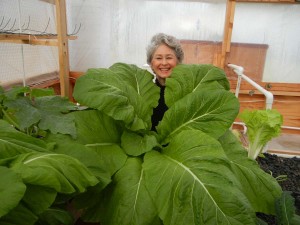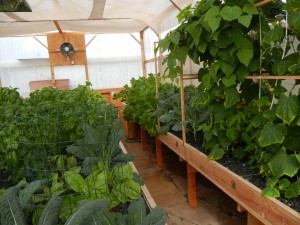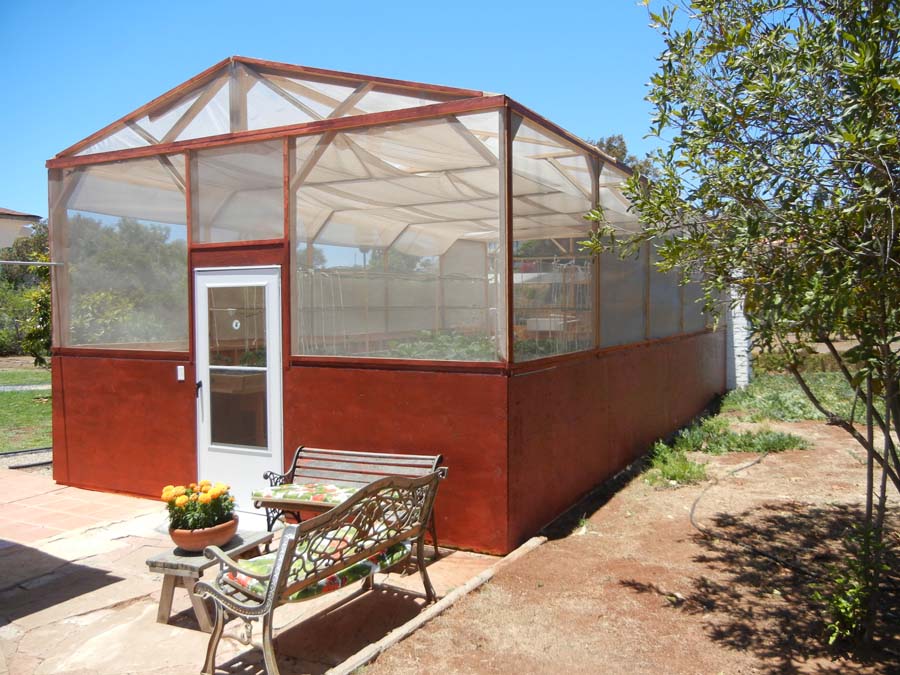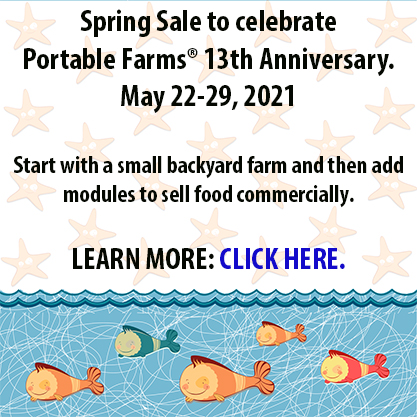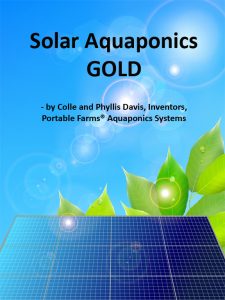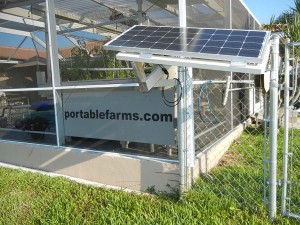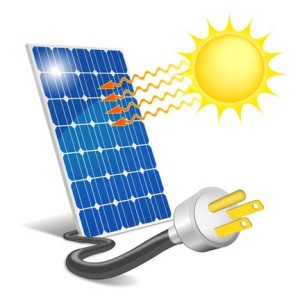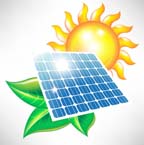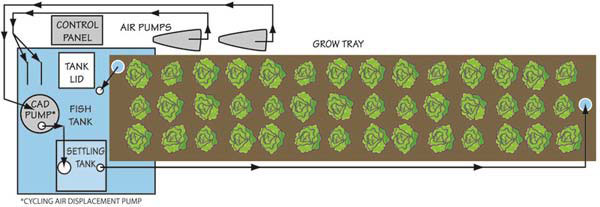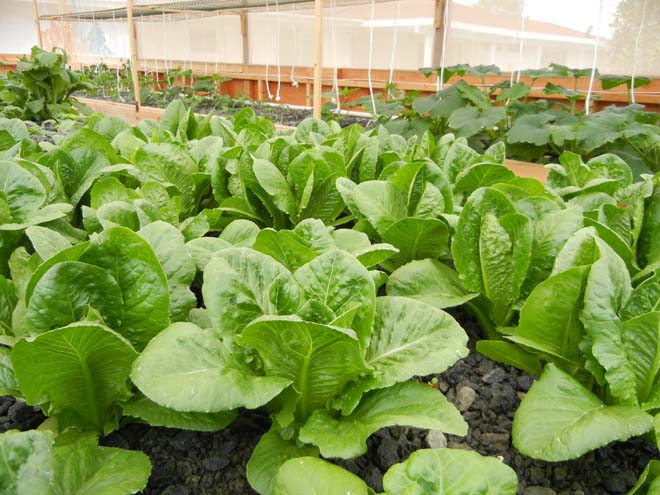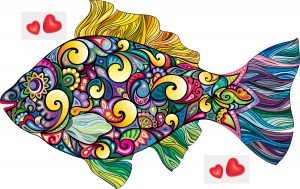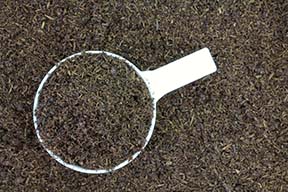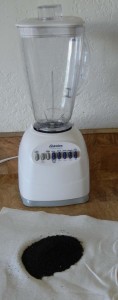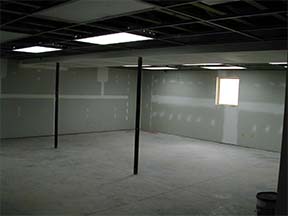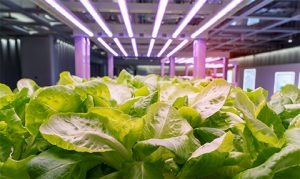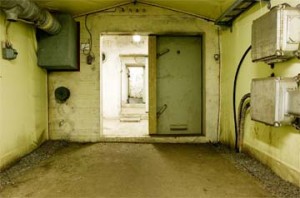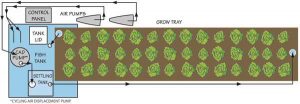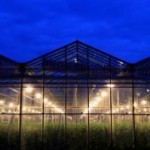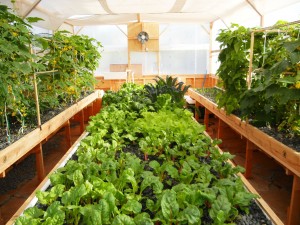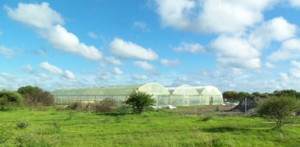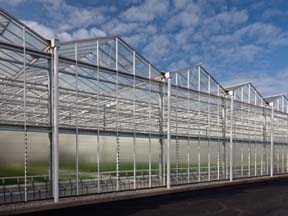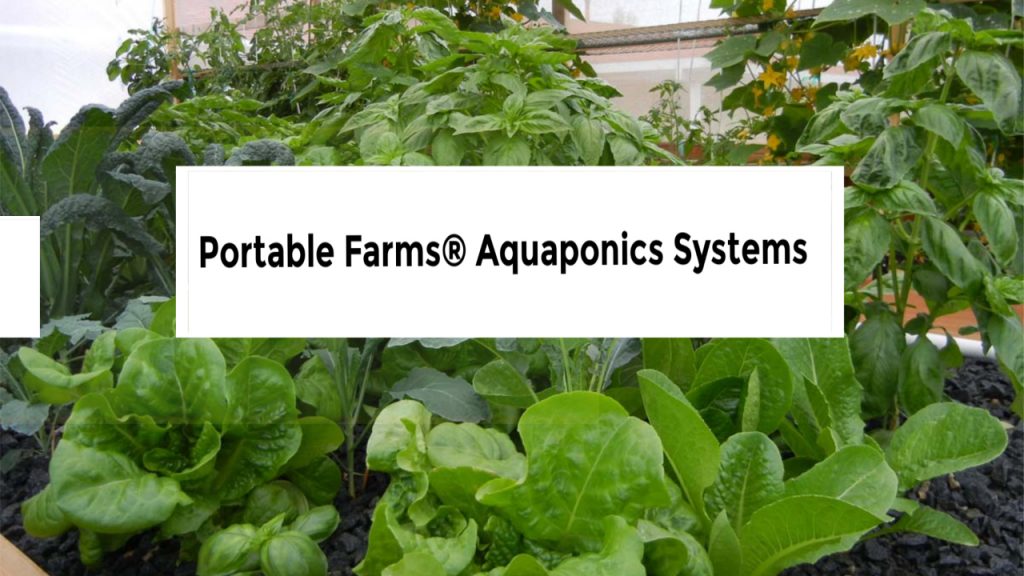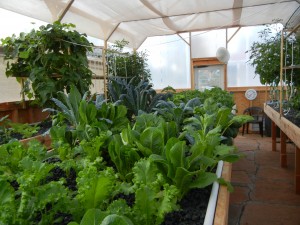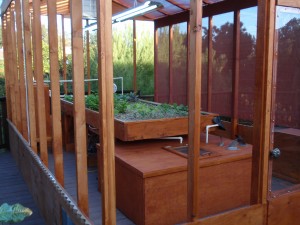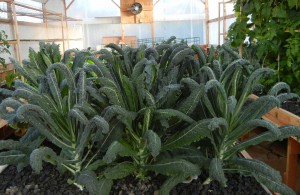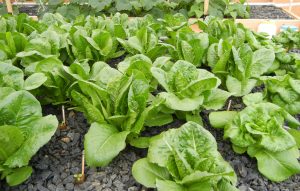Question:
“How is it possible that Portable Farms Aquaponics Systems can grow such DELICIOUS and nutrient rich food year round?”
Answers:
- In sunlight, plans use photosynthesis to turn CO2 and water into oxygen and sugar.
- In the dark, plants switch to the same system animals use to stay alive, the building and repair of the organism itself.
- Added to this phenomena of growth, is the fact that as the temperature increases, chemical activity speeds up.
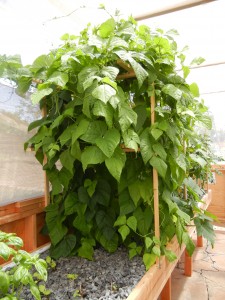 The closer to the ‘ideal’ temperature the better for the plants to grow. The ideal temperature for plant growth is, interestingly, 73° F at the leaf surface or about the same temperature as humans enjoy.
The closer to the ‘ideal’ temperature the better for the plants to grow. The ideal temperature for plant growth is, interestingly, 73° F at the leaf surface or about the same temperature as humans enjoy.
In a climatically adapted greenhouse, temperatures are regulated so the maximum temperature the plants can comfortably tolerate is never reached and the lowest temperature that the particular plant can grow at, produce the best possible conditions for growth.
To have a warm garden in the winter time takes some planning but once it is in place, it will produce prodigious amounts of happy food. For a plant to have all of the nutrients and water it can possibly use delivered to its roots before it even needs them means the plant can grow a quickly as possible because there are no limiting factors.
- All of the food (nutrients) for the plants arrives before the plants need it, or want it.
- The water is always available and it is refreshed a couple of times a day
- The light levels are always perfect in the structure
- The air circulates in a gentle fashion to help with pollination and to help avoid dampness in the structure
- The temperature is pleasant and varies a bit so as not to be monotonous
- There are no bugs or weeds or poisons or harsh chemicals used to contend with, ever.
- The water in the Portable Farms® Aquaponics Systems turns over ENTIRELY twice a day. Plus, all of the heavy fish poop has been removed and rerouted so it never flows into the Grow Tray or has contact with the plants.
As a result of an ideal environment:
- The plants grow faster than the seed packets say they will
- Food grown in an aquaponics system is much healthier than ‘regularly’ grown plants, and as a result, they are healthier for you, they TASTE BETTER and are higher in nutrition.
- The food in an aquaponics system is grown without any chemicals (think about it; if chemicals were used, it would kill the fish). The growing food is more beautiful with each passing day
- The plants mature in less time and require 90 to 95% less water than their dirt-grown friends
- The plants stay clean and dry at all times
- They are harvested when they are at their peak of ripeness and maturation which means their flavor and nutritional content are always at optimal levels
- They are simply the best vegetables on the planet.
One of the (many) key reasons plants in Portable Farms® grow so quickly and so LARGE is because the plants roots are bathed in warm water that is loaded with nutrients and are supported by warm gravel in a warm building. What more could they possibly want or need? Portable Farms® spoil the plants and and cater to their every need for comfort.
To provide the absolute ideal conditions for growth and health to any living being, gives them everything they need to be their best. This is true of plants in a Portable Farms® Aquaponics System, raising animals and even raising children. The raising children thing is much harder actually. At least we don’t have to eat them. 🙂
Start the process of having your warm garden by taking the Aquaponics University Aquaponics Online Course today and have warm healthy and delicious plants in only a few weeks.
